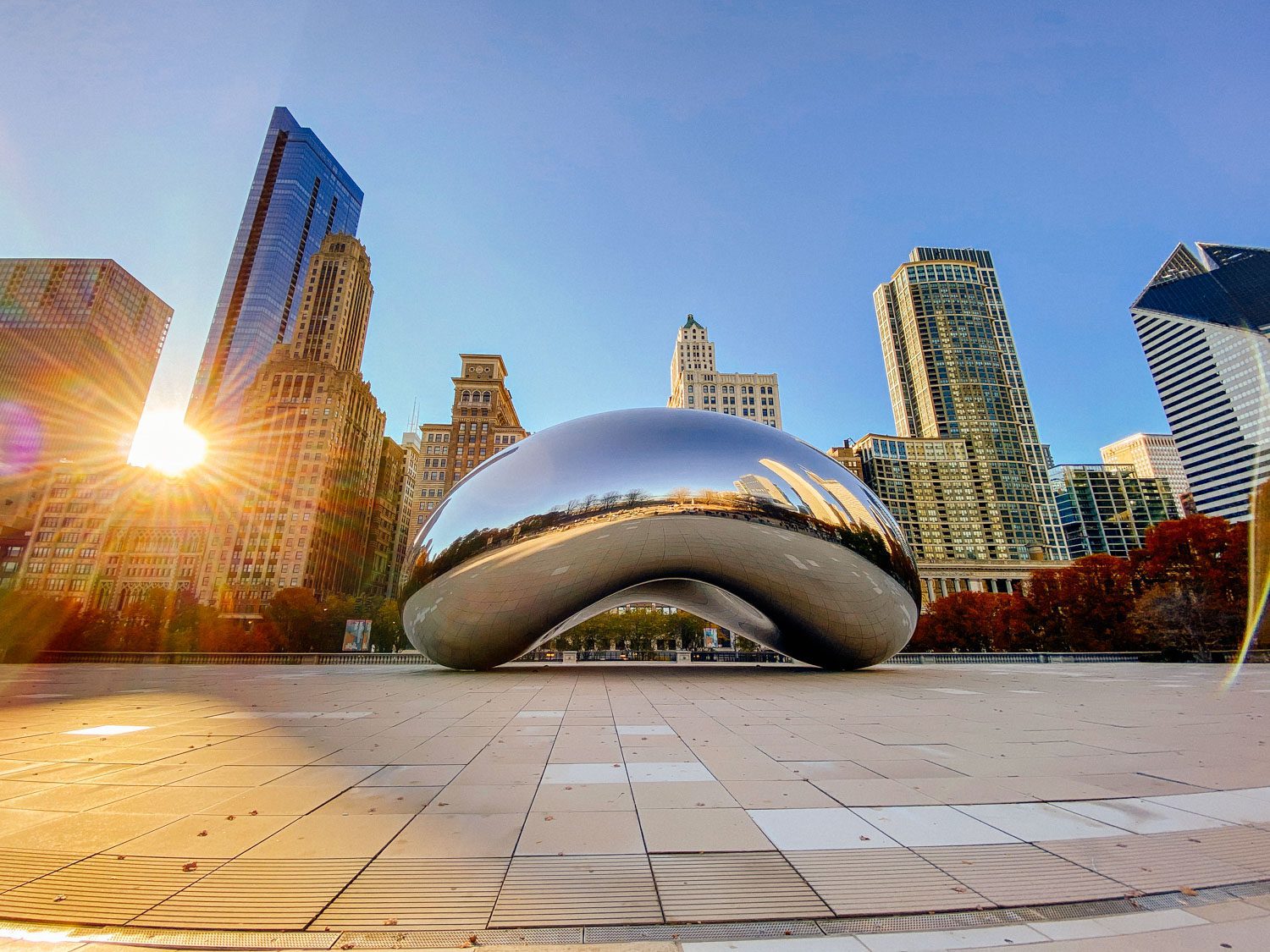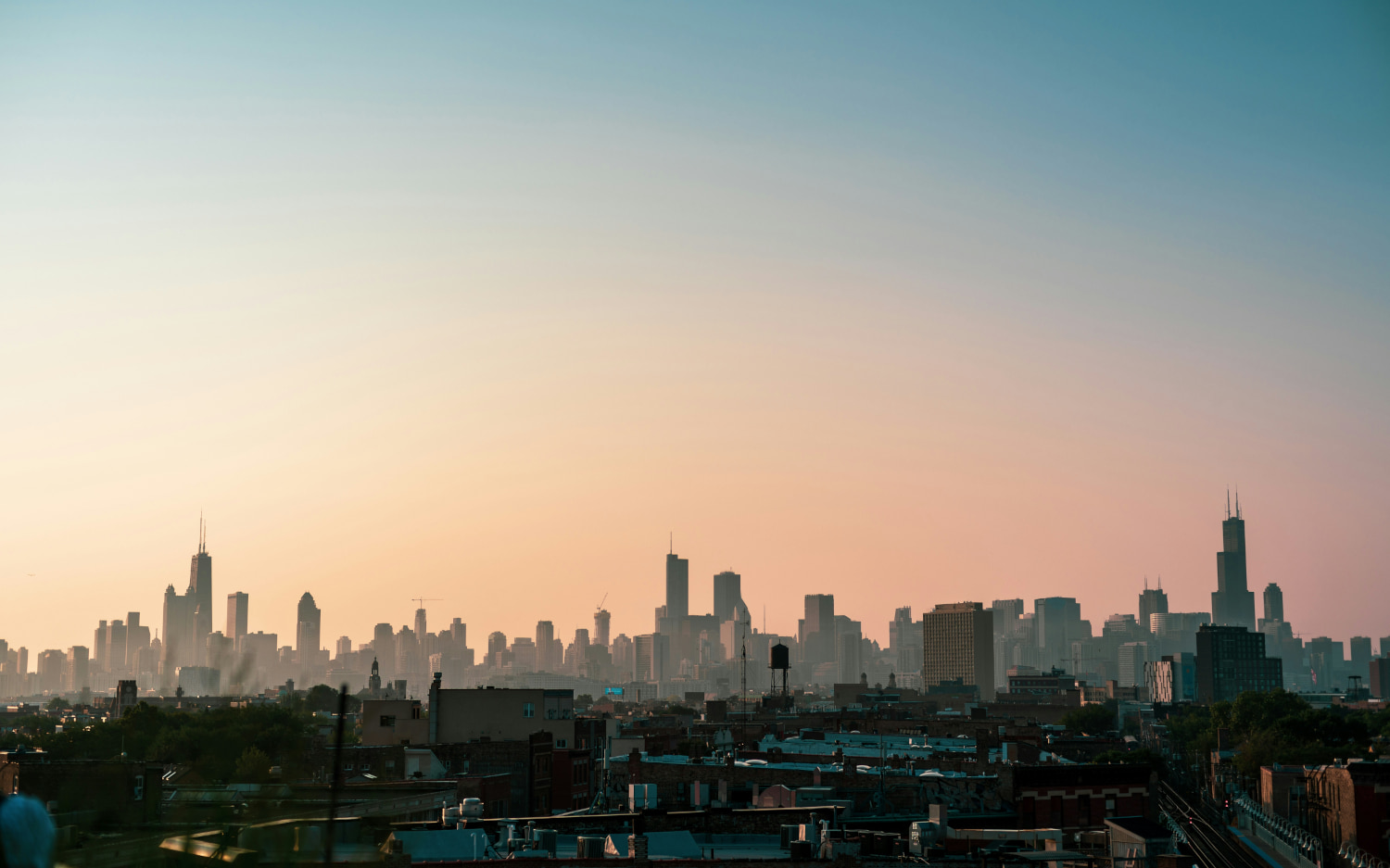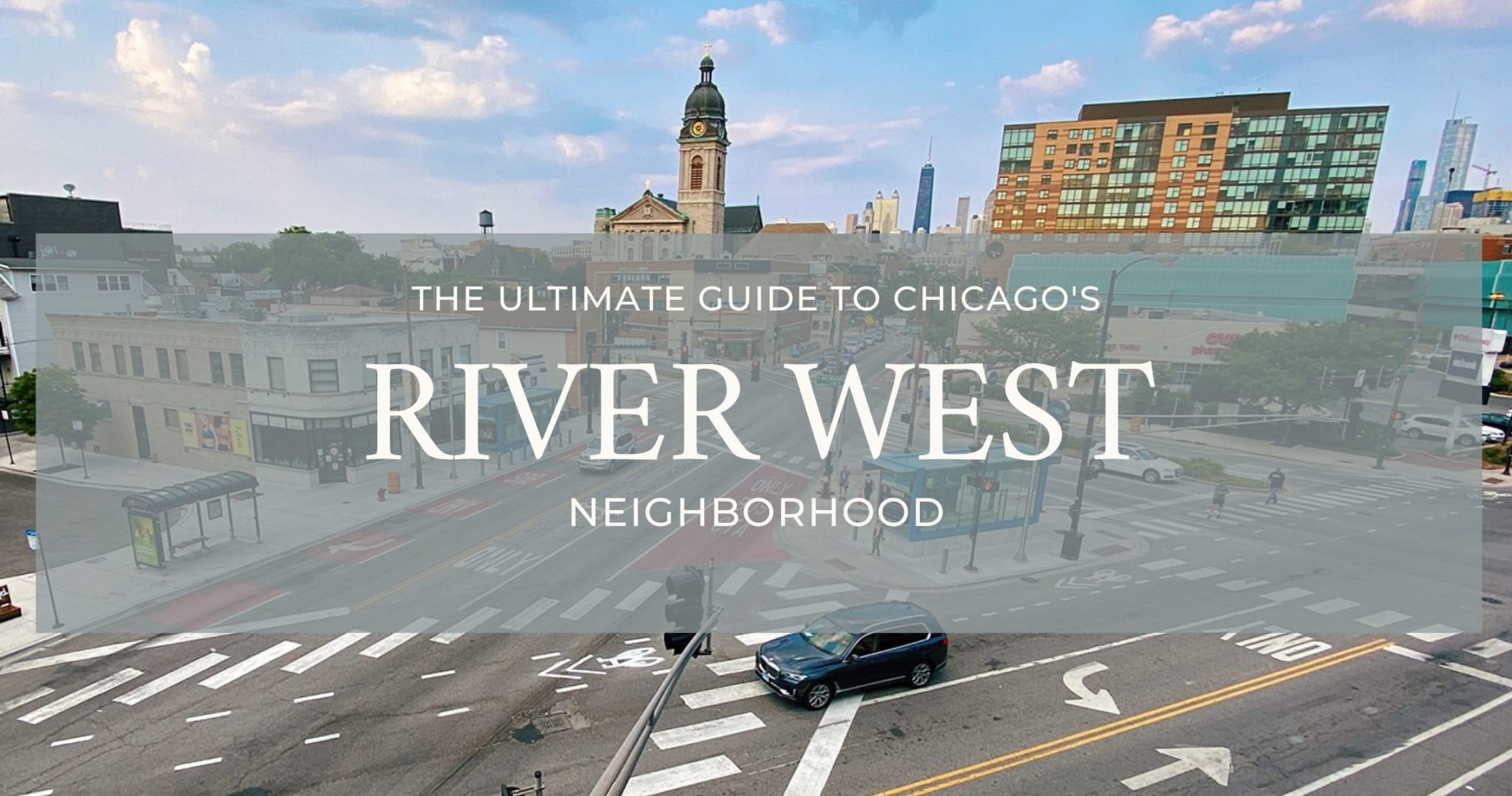Table of Contents
Are you getting ready for a move to Chicago? Whether a new job, a great school or the delicious pizza has inspired your relocation, we know it can be both exciting and daunting to move to a new city.
Every city has its own unique personality, and Chicago is no different. As a Chicago native, I bid you a friendly Midwestern welcome, and hope that the following tips will help your move to Chicago go off without a hitch!
1. Get to Know Chicago’s Neighborhoods
Chicago is the third most populous city in the country, behind New York and Los Angeles. If you’re nervous about moving to this big city, don’t be! The trick is this: instead of trying to learn about everything all at once, tackle one neighborhood at a time.
There are more than 200 neighborhoods within the official 77 community areas in Chicago. Yes – 200! Each contributes to the larger history and culture that make Chicago unique.
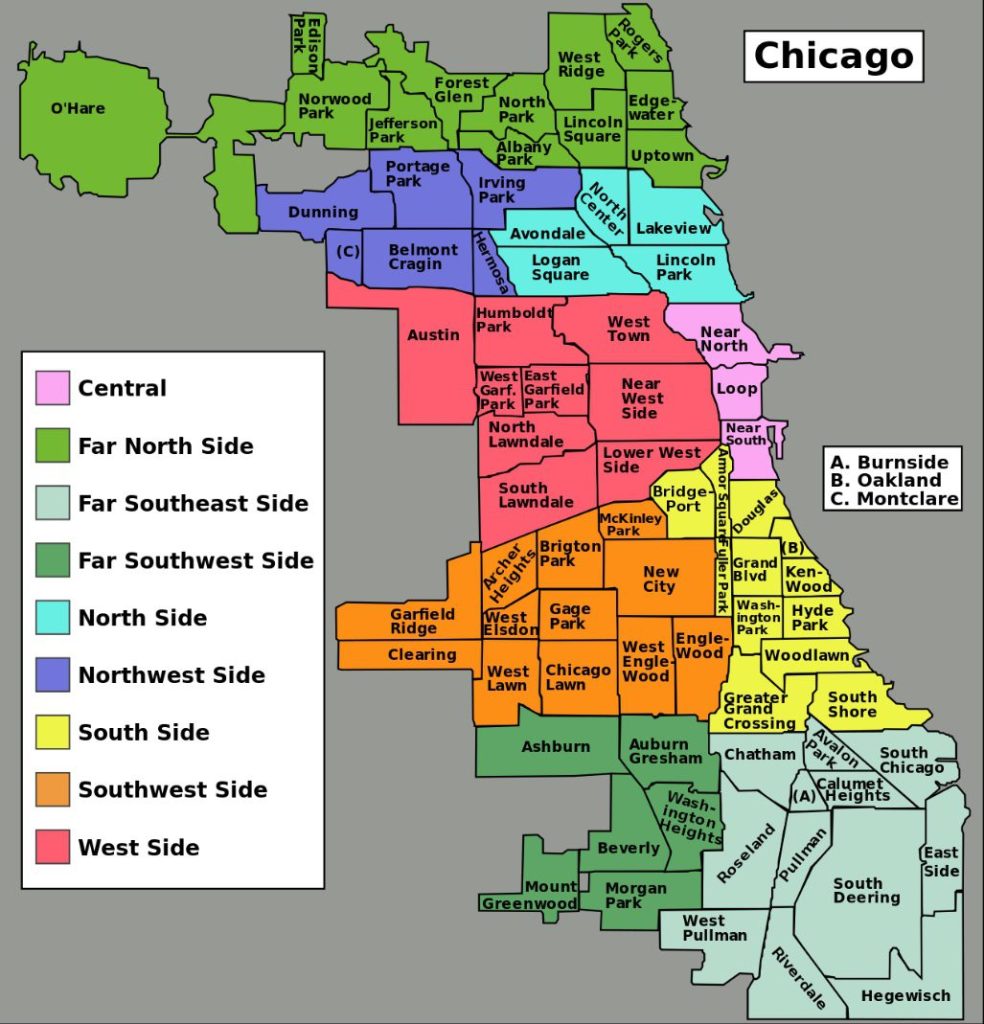
Spend just a few days in Chicago, and you’ll notice how often folks use neighborhoods and communities as reference points. Getting to know a little something about Chicago’s neighborhoods before your move will help you feel so much more comfortable in the city. When your co-workers invite you for drinks in Old Town, you’ll know you need to head north. Or, when you need to meet clients in West Loop, your first priority will be to show up hungry so you can grab some grub on restaurant row after your meeting.
Even for locals, learning about Chicago’s neighborhoods is an ongoing education. And the best way to educate yourself is to get out and spend time in each one. Play tourist in Streeterville. Take a history tour of Lincoln Park. And be sure to pop down to the South Loop and spend a summer day wandering through Grant Park.
2. Prepare For, But Don’t Be Afraid Of, Chicago Weather
Live in Chicago, and there are two well-worn weather sayings that you will inevitably hear:
- “If you don’t like the weather in Chicago, just wait 5 minutes.”
- “Chicago has two seasons, winter and the 4thof July.”
But let me tell you something – that’s all a bunch of baloney. I love the weather in Chicago. Live here, and you get four solid seasons – don’t let all that talk about winter lasting 9 months scare you…it’s simply not true! Move to Chicago, and you’ll fall in love with the changing seasons.
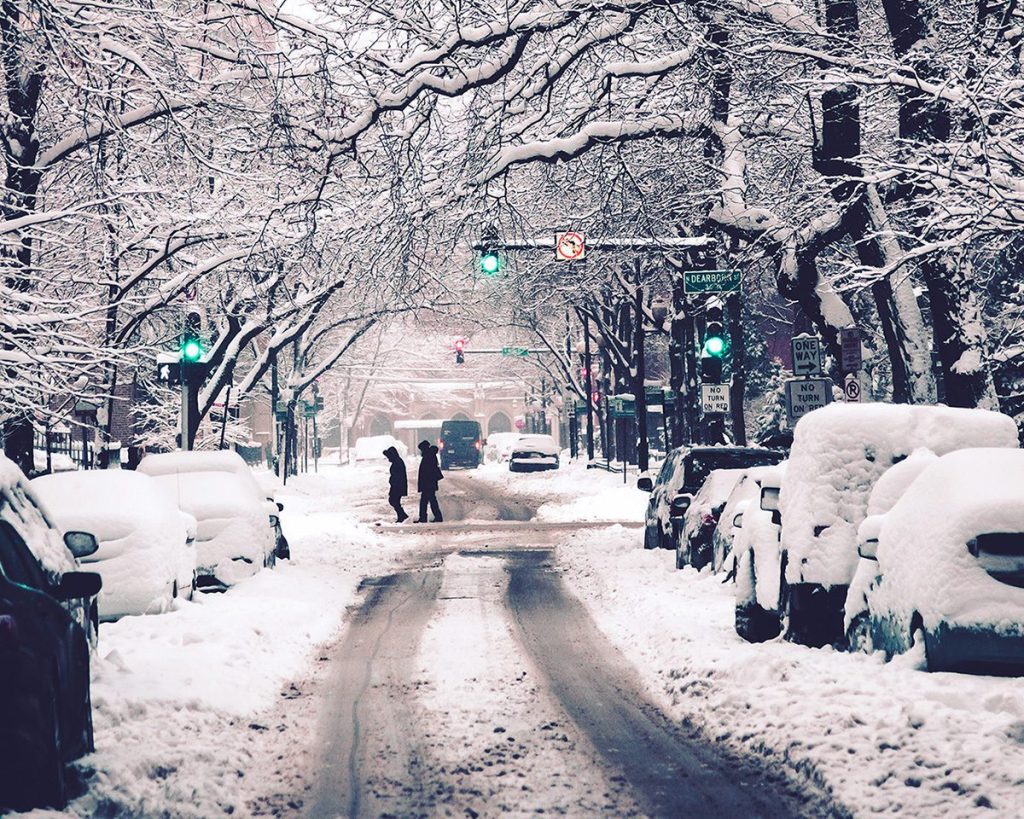
If you’re moving from a state with four solid seasons, you’ll likely adjust just fine. But, if you’re moving from a warmer climate, then it’ll likely take a while for your body and mind to acclimate. Here are a few steps that will help you to prepare…
Here are my best tip to help you to prepare for Chicago’s four seasons:
Invest in Fun Winter Gear
If you’re moving to Chicago and don’t have any winter gear, have a little fun splurging on new duds!
First, let me calm your fears. Yes, we usually get a few cold snaps throughout the season that are pretty darn cold. But, don’t let those clickbait weather headlines freak you out. The majority of winter days in Chicago are full of brilliant sunshine! These crisp and bright days are perfect for getting out and exploring your neighborhood. Throw on your North Face jacket, grab a hot coffee (built in hand warmer!) and get your body moving.
To prepare for your first winter, all you need is a couple of great jackets (one light and one heavy) a good pair of mittens or gloves and a stocking hat. We do typically get a handful of snowstorms each year, so investing in a pair of snow boots is a good idea too.
Embrace a New Mindset
Carpe Diem! Live in Chicago, and you just might discover that the city’s four seasons will make your life so much fuller.
If you’ve never experienced a true spring after a chilly winter, you’re in for a treat. During those first few days of warming temperatures, the city is electric. Everything feels lighter! The snow melts away. Windows are thrown open. Restaurant patios are back in business. Everyone dusts off their running shoes and heads outside. Heck, even the dogs walk with a spring in their step.
My customers who have relocated to Chicago from warm climates tend to feel like living here makes them appreciate (and take advantage of!) outdoor events and activities. Why? Because in Chicago, we don’t take beautiful weather days for granted. The first time you experience a 70 degree day in March, or a crisp and cool October morning, you’ll get it. You’ll be up and out the door to play a game of tennis, take a stroll along Lake Michigan, and invite your friends over to enjoy a night on your apartment’s rooftop patio.
And surprise – you might even find that winter is your favorite season! Have you ever stood on a rooftop and watched big, fat snowflakes fall over the Chicago skyline? It’s pure magic! Have you ice-skated in Millennium Park with your sweetheart? Gone sledding at Clarendon Park’s Cricket Hill? Sipped hot chocolate at Cocoa + Co.? Yes, I know this is starting to sound like the makings of a romantic comedy…but there’s just so much to love about winter in Chicago!
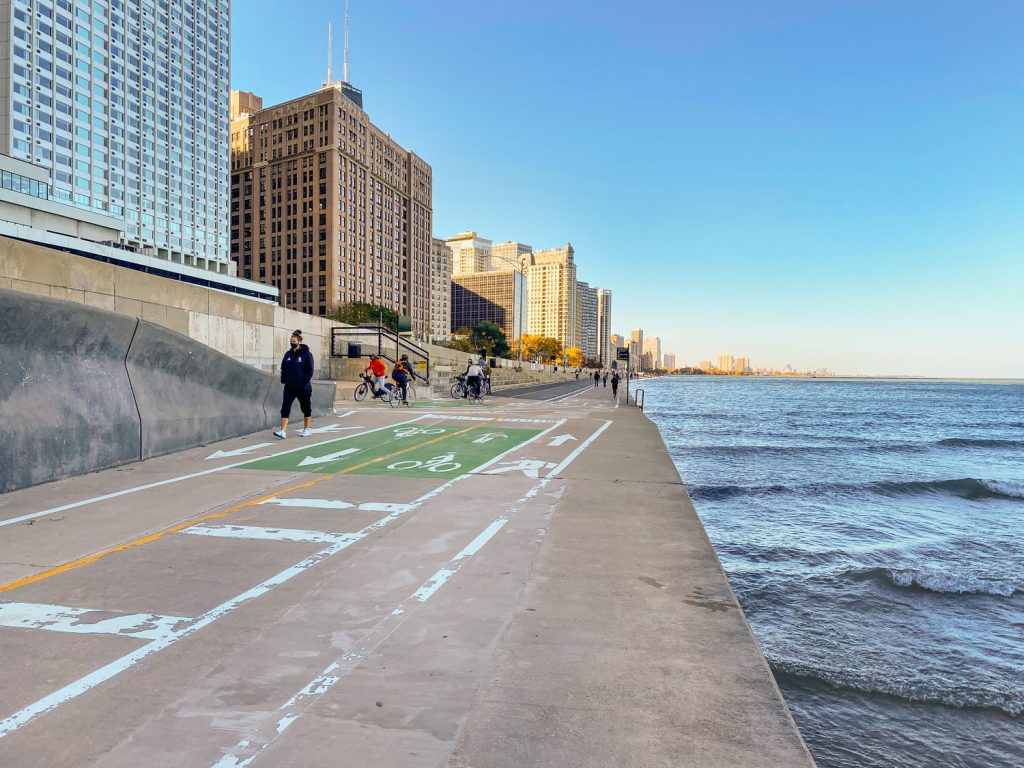
3. Get a Grip on Commuting in Chicago
Whether you drive, walk, bike or take public transit in Chicago, learning how to get around town is something you’ll need to learn to navigate.
Public Transportation for Chicago Newbies
If you rent an apartment near public transit, then ditching your car is a no-brainer that can save you money and hassles. Chicago’s public transit options include:
Chicago CTA: Elevated subway trains and busses
Pace Suburban Bus: Bus service in the suburbs
Metra: Trains service from downtown to the suburbs
Amtrak: Train service with regional and national routes
Divvy Bikes: Bike-sharing stations throughout the city
Chicago Public Transit Tips
- For getting around on CTA and Pace regularly, you’ll need a Ventra card.
- You can also buy Metra mobile tickets using the Ventra App.
- Older adults and people with disabilities that are Illinois residents can apply for Ride Free Permits with the Regional Transportation Authority.
- If you are wondering how you’ll get your groceries without a car, don’t sweat it. Chicago has Uber and Lyft. Or, you can get your groceries delivered from dozens of stores via Instacart or from Whole Foods on Amazon.
Living in Downtown Chicago With a Car
If you’re moving to downtown Chicago and bringing your car, there are several things to put on your to-do list:
First things first – figure out where you’re going to keep your car. It can be complicated, and knowing how to park your car in Chicago is the first important step in your move to the city.
Once you’ve moved into your new apartment in Chicago, make a trip to the DMV. Legally, you’re supposed to change over your out-of-state license within 30 days of establishing residency. You’ll also need to register your car. This involves purchasing a city sticker and getting new Illinois license plates.
The Best Tips if You’re Moving to Chicago With a Car
- The Illinois Secretary of State is your place for all things related to license and registration.
- I don’t want to jinx you, but if you get a parking ticket, or caught by a red light or speeding camera, use this portal to pay online.
- The state of Illinois requires car owners to purchase liability insurance. Many apartment buildings also require renters to have renters insurance.
- Parking your car on the street that you live on might require a permit. The city clerk’s office is in charge of zone parking and vehicle stickers. The good news- those permits are cheap- $25/year!
How to Navigate Chicago’s City Streets and Interstates
Driving around the city is relatively easy (even if it’s congested) once you realize it is just a big grid. But watch out for the angle streets that cut through the city, and the one-way streets downtown. Study the grid on Google Maps and learn the major street names to get your bearings:
- Michigan Avenue
- State Street
- Lakes Shore Drive
- Randolph Street
- Milwaukee Avenue
- Clark Street
- North Wells
- LaSalle Drive
- Roosevelt Road
- Division Street
- Halsted Street
- Lincoln Avenue
Now, the first time you hear a traffic report, you might scratch your head in confusion. Interstate highways are called “expressways” here. We gave them names of presidents, local politicians and other historic Chicagoans. Memorize the names with their correlating interstate number, starting with the one you’ll primarily use on your commute, and in no time you’ll be able to decode a radio traffic report like a pro.
You can see a full list of expressways at Travel Midwest, but these are the biggies:
- Dan Ryan: I-90/I-94 going south
- Eisenhower (or “The Ike”): I-290 going west
- Kennedy: I-90/I-94 going northwest to O’Hare Airport
- Stevenson: I-55 going southwest to Midway Airport
- I-57: The only unnamed Chicago area expressway (insert shrug emoji), goes to the southwest suburbs
Biking in Chicago
If you prefer to use your own energy to get around town, you’ll be glad to know that for the past decade, Chicago has made major investments in bicycling infrastructure.
Our city streets currently have more than 200 miles of protected bike lanes. We also have several off-street paths, including 18.5 miles on Chicago’s awesome Lakefront Trail.
Resources for Bicyclists in Chicago
- Chicago Bike Map
- Bringing your bike on public transit
- City of Chicago Bicycling information
- StreetsBlog Chicago
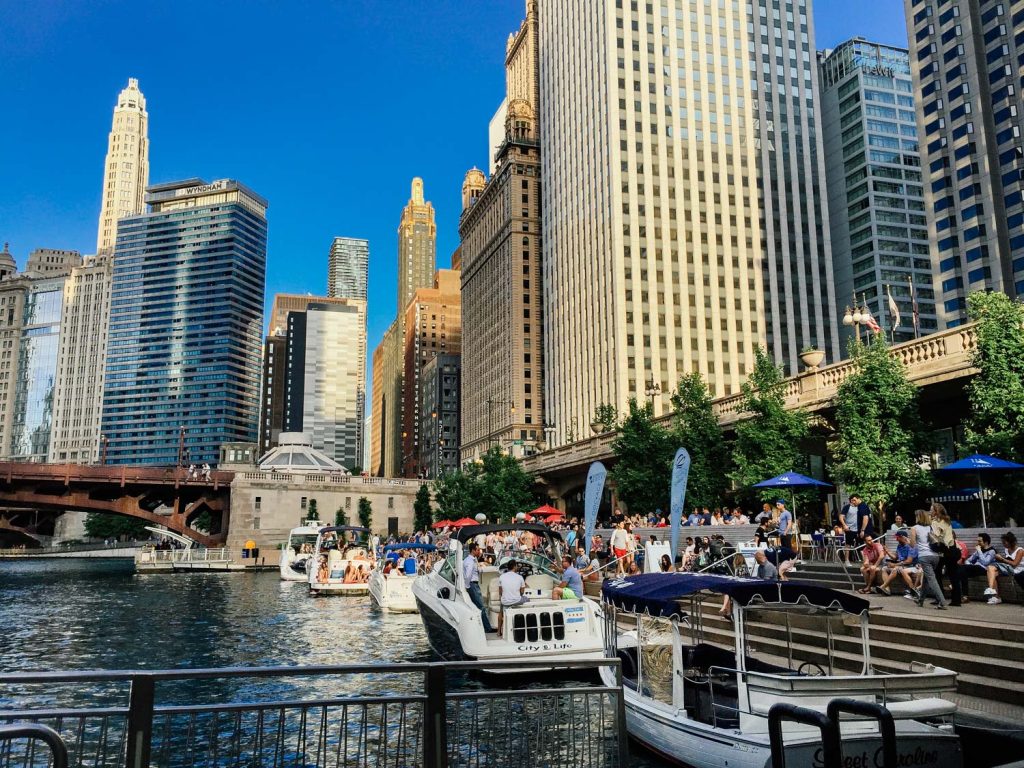
4. Budget for the Cost of Living in Chicago
Compared to the national average, the cost of living in any large city can be expensive. While Chicago is the third-largest city in the United States, it might surprise you to learn that it is not the third most expensive.
According to Upnest.com, Chicago doesn’t even rank in the top 10! It comes in as the 11th most expensive city in the country.
Average Rent and Living Costs in Chicago
Here’s a quick glance at the current average cost of everything from renting an apartment in Chicago to keeping yourself fed:
- Rent for a one-bedroom apartment in 2021 was $2,205 (rent.com)
- Monthly basic utilities are around $158 (numbeo.com)
- Dining out at an inexpensive restaurant per person is $16.00 (bungalow.com)
- A pint of domestic beer at a bar is $5.00 (numbeo.com)
- CTA 30-day unlimited ride pass is $75 (transitchicago.com)
- A gallon of gas is $3.74 (gasbuddy.com)
- A gallon of milk is $3.01 (numbeo.com)
- Monthly food costs per person is around $300 (bungalow.com)
A budget tip for renters: Renters insurance – which will cost you about $15 a month – is required at most apartment buildings in Chicago. According to Forbes, the top 5 options for providers are – Lemonade, American Family, USAA, Erie, and Progressive.
What to Budget for Utilities in Chicago
So, how do utilities get set up? The way you pay for utilities for your apartment depends on the terms of your lease.
At a managed apartment building there’s typically a utility package that includes water, trash, heat and gas that you pay in addition to your rent to property management.
But if you need to connect all or some utilities directly with utility providers, here’s the scoop:
Electric: is provided by ComEd. Usually, you need to set this up directly. It is not common for electricity to be included in an apartment utility package.
Gas: (a.k.a: heat, something you need here!) is provided by Peoples Gas. This may be in a utility package or rent, or you may need to set it up directly.
Water and Trash: is handled by the City of Chicago. Typically, the water and trash bills are paid by the property owner and then factored into the apartment rent price or utility package.
Cable Television: options are primarily Comcast and RCN. Accounts are often set up directly with providers, but some apartment buildings offer to bundle it in the utilities package.
High Speed Internet: if internet isn’t included at your apartment, there are lots of choices. Comcast/Xfinity, AT&T, RCN are the major providers. Zentro (ex SilverIP) is also a local company available in many Chicago apartment buildings.
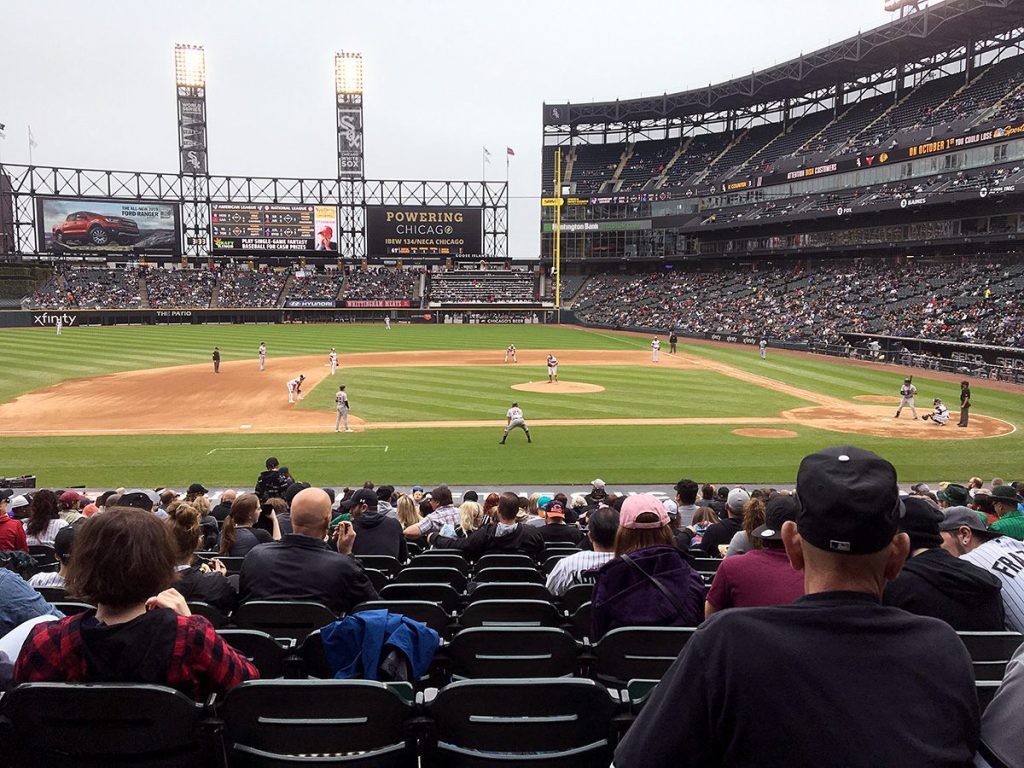
5. Get Ready to Explore Chicago
Get ready – you’re going to fall in love with Chicago. There’s no shortage of things to do, so get out there and explore!
Create your own pizza crawl and hit up the best joints from South Loop to Uptown. Score tickets to a game, but be warned that you just might become a Cubs or Bulls fan for life! Come springtime, explore my favorite places in Chicago – the beautiful city parks. Indulge in a little self-care by hitting up the city’s best neighborhoods to shop small in. And of course, there’s plenty of entertainment venues, tours and sights to see. Don’t be afraid to be a tourist in your own city.
Here are my favorite sources for finding fun things to do in Chicago:
Choose Chicago: All the city’s best events, from art exhibits to Auto Show.
Community Calendar: This is a super-fun listing of local and small events in Chicago’s neighborhoods.
Chicago Park’s Events: There are so many awesome events that happen at Chicago’s incredible parks, and many of them are free!
Make Renting a Chicago Apartment Easy
The best way to find an apartment in the Windy City is to work with a leasing agent. And you’re in luck – we’re pretty good at it :). After nearly 2000 5-star reviews, not only do we know almost everything about the best apartments in Chicago, but we can match you with a neighborhood that meets your lifestyle too. Give us a shout, and let’s talk.
